© Copyright 2005-2025 SCREEN PRO® All Rights Reserved | Specifications are subject to change without notice. All Rights ReservedSite Map Designed by iwonder.cn
Q: Are you a factory?
A: Yes, we are a projection screen manufacturer/supplier. We specialize in smart home and office products like Home Theater (projector, screen, height-adjustable table, etc.)
Q: Where do you do your business with?
A: Worldwide, distributors are also welcome.
Q: Do you sell screen fabric or raw materials?
A: We mainly manufacture projection screens, along with accessories (Projector Lift/Projector Mount/Portable Lectern/Portable Projector Stands/ Projector Table, etc.) But, yes, we sell the optical screen fabric separately; we can also trim it into certain sizes as you require. Please click HERE.
Q: Other than SCREENPRO, do you support ODM/OEM brand companies?
A: Yes
Q: How many types of projection screens do you produce?
A: Over a dozen. Our factory mainly produces motorized projection screens, tensioned projection screens, fixed frame screens, folding screens, large-sized projection screens, etc.
Q: Do all types of projection screens have a warranty? How long do you offer after-sales services?
A: 12 months, for all types of projection screens, we provide lifetime maintenance, but you bear all costs.
Q: Supply ability?
A: The production cycle for different products is also different. Give us a call or email us, and our team will provide you with a satisfactory solution.
Q: What's your shipping way?
A: Usually, for a single unit, we ship by Express: DHL in HK, but considering the inconsistent shipping fee in different countries, we will ship by FedEx, UPS, TNT, etc...;
For batch orders, we will go for air and sea/ocean transportation.
(You can choose the shipping way you prefer.)
Q: Is transportation safe enough?
A: We pack the goods very well; you will get the goods on hand in good condition.
ABOUT PRODUCT -----------------------------------------------------------------------------------------------------------------
Q: How to decoding the model number?
A: Model ID = TJ9150MWR
TJ = Jampo Tab-Tensioned Series
9 = 16:9 aspect ratio
(3 = 4:3 / 6 = 16:10 / 1 = 1:1 / 2 = 2.35:1)
150 = Nominal Diagonal Size
MW = Matte White screen material
R = With remote
Q: How to find your serial number(by-product)?
A: (Serial Number Format: 16 digital character combinations starting with 2 letters).
Motorized series: On the top right side of the screen housing
In-ceiling series: on the cabinet door
Framed series: On the back of the frame
Portable series: On the side of the frame
Sample 1
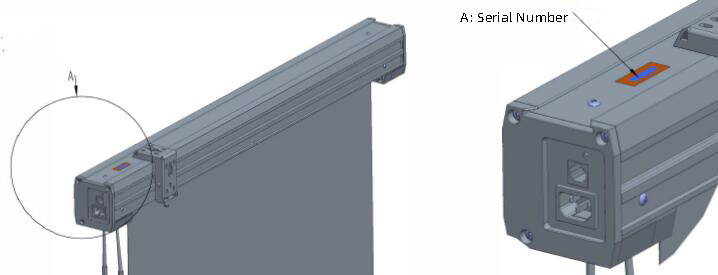
Q: Can we pick the color for the housing/casing, tension bar, and chord?
A: Usually, for motorized screen series, the standard color would be Black/White, but we can provide special solutions based on request.
Q: Can I customize the size?
A: Yes, the size can be customized from 60 inches to 500 inches plus. Show us your floor plan, and we assure you we will offer satisfying solutions along with a drawing. We manufacture custom projection screens to customer specifications in nearly any shape and size.
Q: Can I customize my logo or package?
A: Both will be accepted, our factory can do all OEM&ODM orders (based on minimum order quantity).
Q: Do your remote controls only work to control up and down? Or can you set the limit with it?
A: An Optional SCREENPRO E-Type motor (*electronic tubular motor) can do the trick.
Q: What type of pins do you offer?
A: Please tell me in which country you are going to use our equipment, and we will give you the right plug.
Q: How do I synchronize the universal 220 Volt projector to trigger my SCREENPRO electric screen? How to control the projector screen with Synchronizer?
A: For the instructional guide on Synchronize, please click HERE.
To watch the instructional video, please click HERE.
Q: What is the power cable length of the SCREENPRO Tab-Tension Series Electric Screen?
A: The power cable length for all SCREENPRO Tab-Tension Series models is approximately 98" (2.5M). Note: This measurement is accurate for the USA only; other countries may be equipped with different lengths for each model.
Q: What type of control system for the screen do you offer?
A: Sync-trigger/AC/DC wiring
Q: What if my SCREENPRO screen won't fit down the stairs? Can the screen be broken down into two parts?
A: No, you cannot split the motorized series screen if the screen length doesn't fit your apartment stairwell. Please consider a fixed screen or folding series.
If you insist, the backup plan: Entering from your windows or balcony. Get a crane and lift up the projection screen from the ground floor, or disassemble the window and rope hang out the window opening。
WARNING: PRO ONLY.
Q: How high is the upper black drop I can ask for?
A: Having a nonstandard (standard ceiling height is nine feet) ceiling height? No problem, depending on the projection screen series and fabric difference. Talk to us about your demands; there may be discoveries. Or you can go for a full-screen(Borderless Projection Screens) SCREENPRO screen.
Q: What if I don't want a black border on my screen?
A: You can ask for a Full Screen(custom order) on any fabric kind.
Q: How many fabric choices do I have?
A: Find out the screen material option by clicking HERE.
Q: Which type of screen material should I choose?
A: Which type of screen material is best, depending on the distance of the service viewer, format ratio, screen size, lumens output of the projector (brightness), contrast ratio of the projector, throw distance, and light levels at the viewer? Click HERE or email us at: market@samsav.cn your request.
Q: Multi-projector project?
A: Sounds challenging, but we've got your back.
Q: When I use the stick and put it into the A/B hole there's nothing to put the stick into to turn.
A: You need to poke the stick through the housing A/B hole and aim the hole in the motor. (There is a distance between the hole in the housing→the the hole in the motor)
ABOUT PURCHASING ---------------------------------------------------------------------------------------------------------------------------
Q: Can I get fabric samples (A4/A3 size)?
A: Yes, you can buy a screen material sample by clicking HERE.
Q: Where can I get a quote along with shipping details?
A: Send us an email: market@samsav.cn including your detailed address(country, city, port, zip code, etc), or go to our online shop
Still doesn't solve your problems? Email us your question: market@samsav.cn, follow our community on social media, or click HERE
Where can I locate my screen serial number (S/N)?
A: Your serial number can be found on the screen itself.
Reference the list below on where to locate your serial number depending on the type of screen:
Manual Screens : end cap and weight bar
Motorized/Electric Screens : end cap and weight bar
Tripod Screens : rear side of casing (left hand side)
Fixed frame Screens : rear side of frame (bottom frame)
Quick Fold Screens (Folding Frame) : rear side of frame
Floor Pull up Screens : end cap
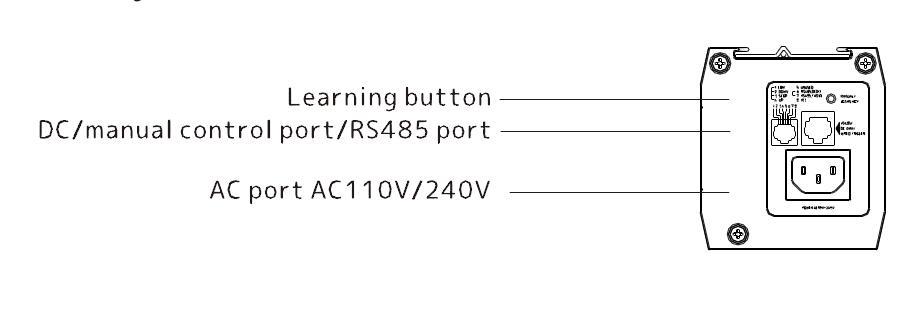
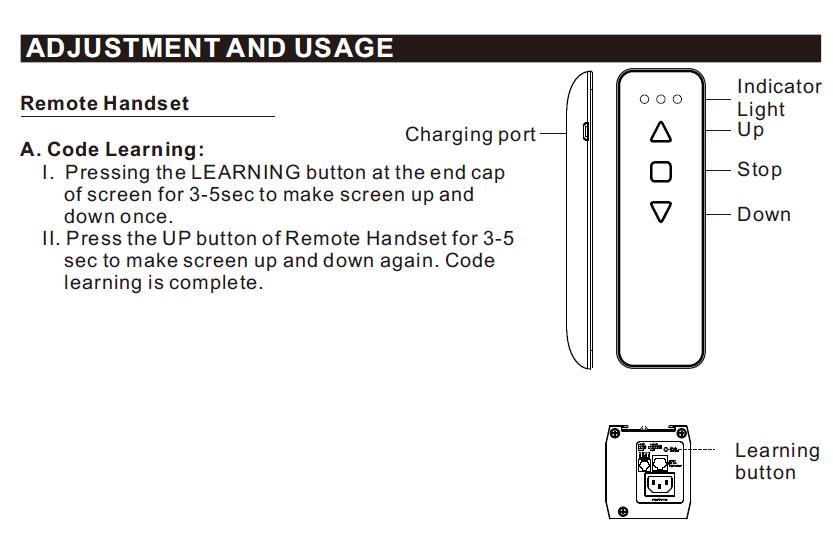
Do the motorized screens require plug-in power or are they battery-driven?
Plug-in power. Then controlled via remote or input from a projector trigger output or such.
Motorized Screen Power?
A) Synchronized Motor
45-55w
B) Tubular Motor
6-10N: 103-145w
30-50N: 200-350w
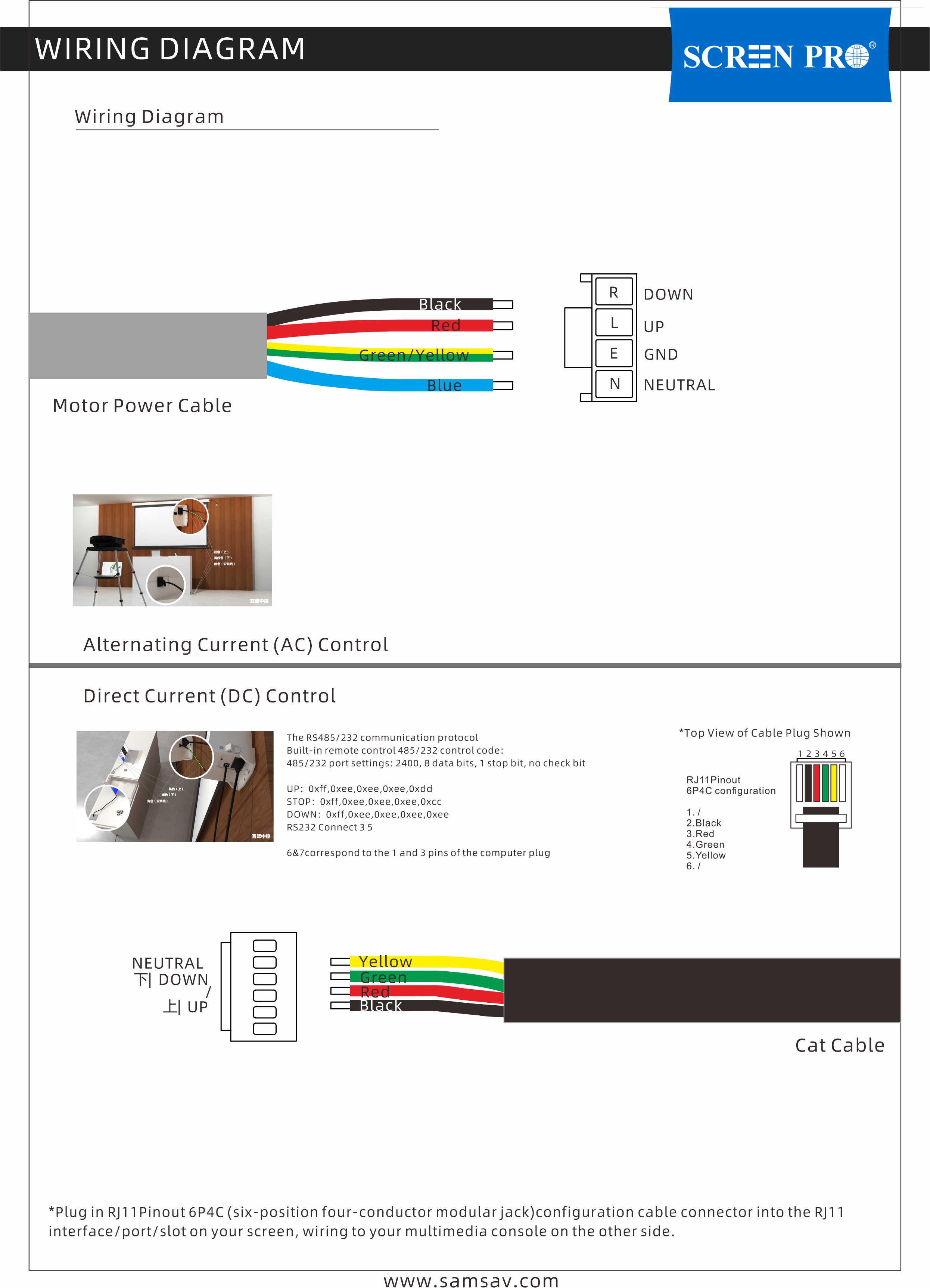
What’s a throw ratio?
A projector's throw distance is the distance between the projector and the width of the image on the screen. The throw ratio is the relation between the throw distance. (the distance between the projector's lens and the projected image)
Use the Calculator HERE
- Calculating the ideal throw ratio for your setup
Throw Ratio = Throw Distance / Image Width
- Calculating how wide of an image you will project given its throw ratio & throw distance
Image Width = Throw Distance / Throw Ratio
- Calculating where to place your projector given its throw ratio & your projected image size
Throw Distance = Throw Ratio x Image Width
Equation:(projector throw rate/ratio)x(desired screen size width in inches)=(throw distance in inches)
For example: Let's assume your projector with an average value of 0.23 throw ratio, in order to project a 150" image, the suggested throw distance would be 2'6" from the wall.
*Short-throw projection generally refers to a distance between 3 to 8 feet away from projector to screen.
*Ultra-short throw projection refers to a distance between 0 to 4 feet away from projector to screen.
What is Ambient Light?
Broadly, ambient light is some atmospheric lighting that originates from an indirect source of luminance that can be inside, outside, naturally, or artificially occurring. Basically, it’s any light source other than your projector that threatens to wash out your image or otherwise impair its visual aesthetics. This includes but is not limited to, light coming through windows and skylights from outside, track lighting, in-wall/ceiling lights, lamps, candles, fireplaces, etc.
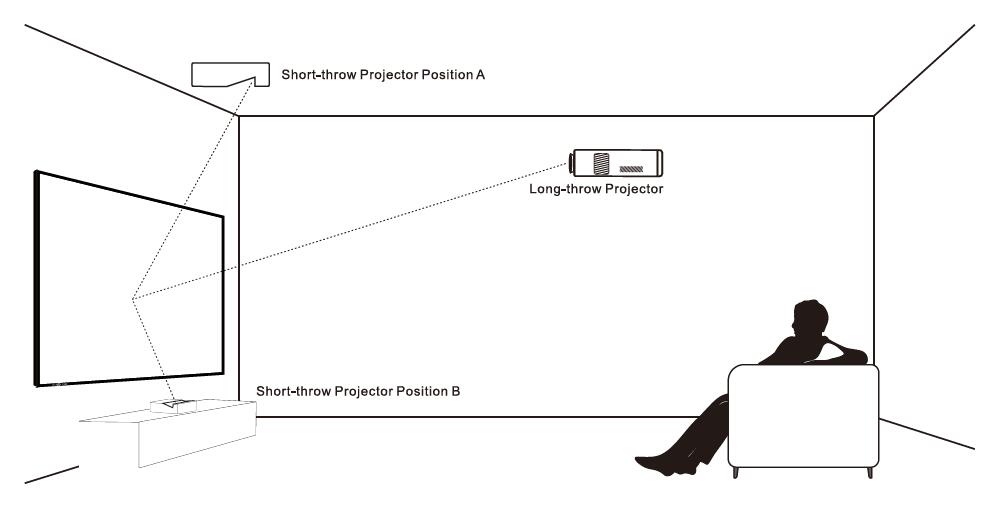
Why Do You Need One?
SCREENPRO T-Prism Click HERE projector screen materials are specially designed for the presence of overhead light sources commonly encountered in residential and commercial environments. This type is also specifically geared toward UST (ultra-short-throw) projectors.
In a Normal-throw projector version, fabric provides ambient light conditions for previously unprecedented contrast, black level, brightness, and vivid colors. Click HERE
ALR screens offer the opportunity for impactful images without a huge impact on projected image quality.
* (SUPPORT Ceiling Mounted UST projector under special request)
〉Short-Throw Projector ALR Screen Product Link HERE
〉Long-Throw Projector ALR Screen Product Link HERE
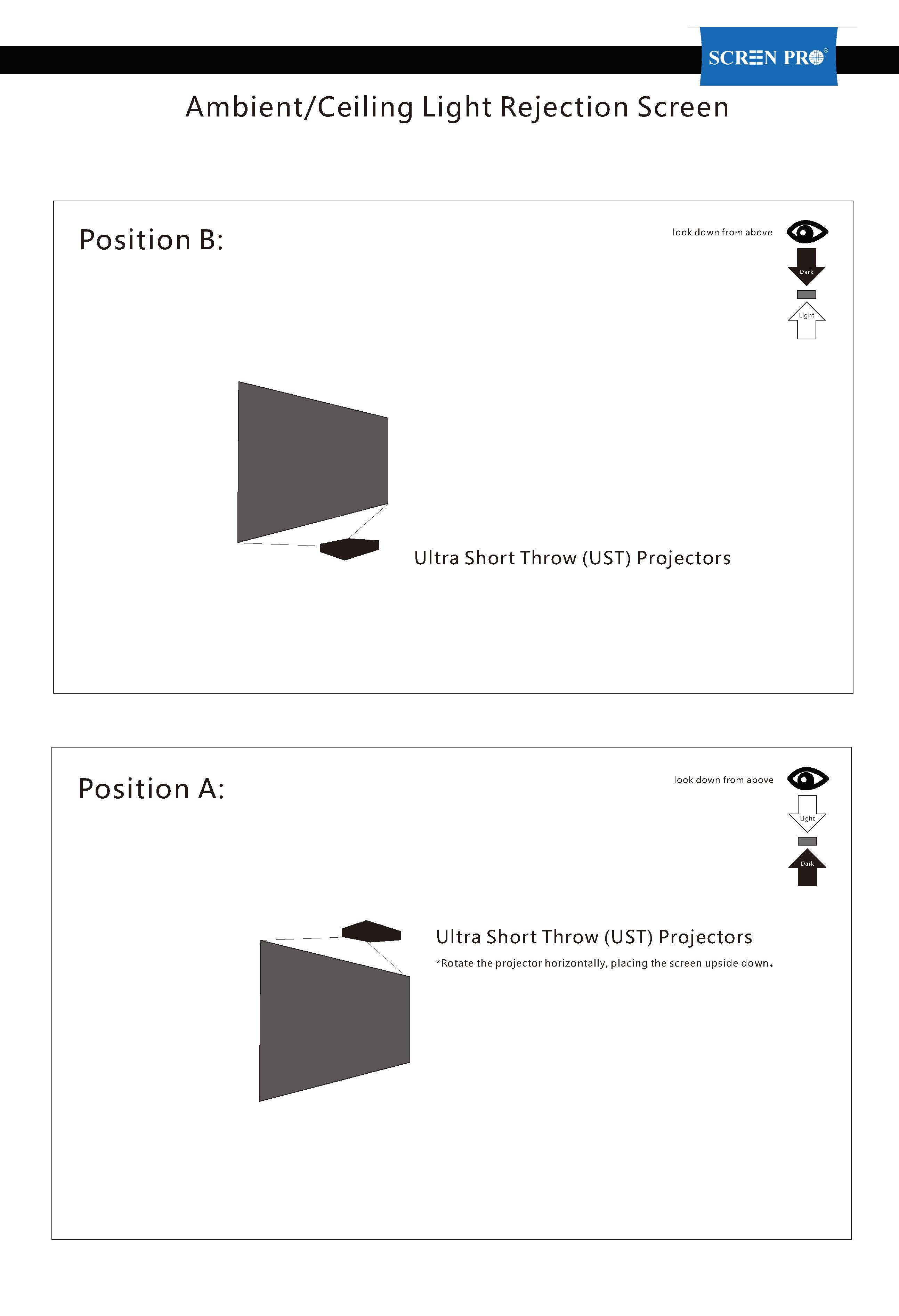
Projector Screens For Outdoor Use
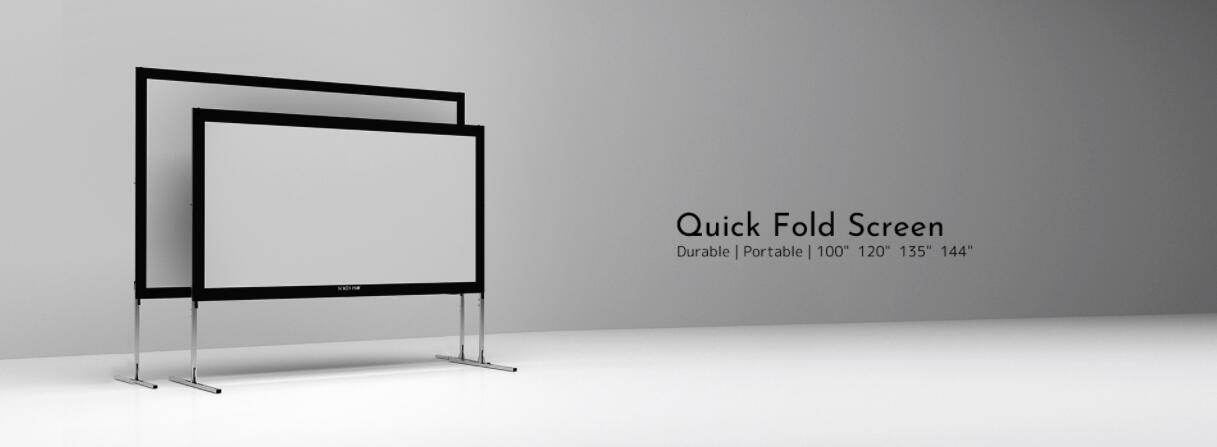
As for what the outdoor screen should look like, everyone has their own answer. Whether it is a tripod, LED, or folding, it is correct. As a professional projection screen manufacturer, we much prefer a more sturdy and wallet-friendly choice: quick-folded and plus has multi-purpose, flexible enough use on different occasions.
SCREENPRO outdoor quick-fold projection screen can customize any size from backyard movie night to large venue screen plans.
Product link HERE
Video link HERE
For normal screens, specifications included upper black, side masks/border, etc...
The black part of both top/bottom masks is secured with the original dimensions. It is made in the same color as the fabric. The effective area (viewing area) on which the image is projected is the specified aspect and inch size. However, the parts that are originally painted black (Upper black, Left and Right masks, lower mask) will be a white screen (matte white projection fabric).
--------
Q: Is the "border" still here?
SCREENPRO: The Full-Screen is just without the "black" border, but the border fabric still exists; it's just the same color as the viewing area. It remains the same standard extended height.
Q: Can I customize without the L/R border only?
SCREENPRO: Yes.
Q: If I do not have enough ceiling height, can I customize the screen without the upper border?
SCREENPRO: Yes.
--------
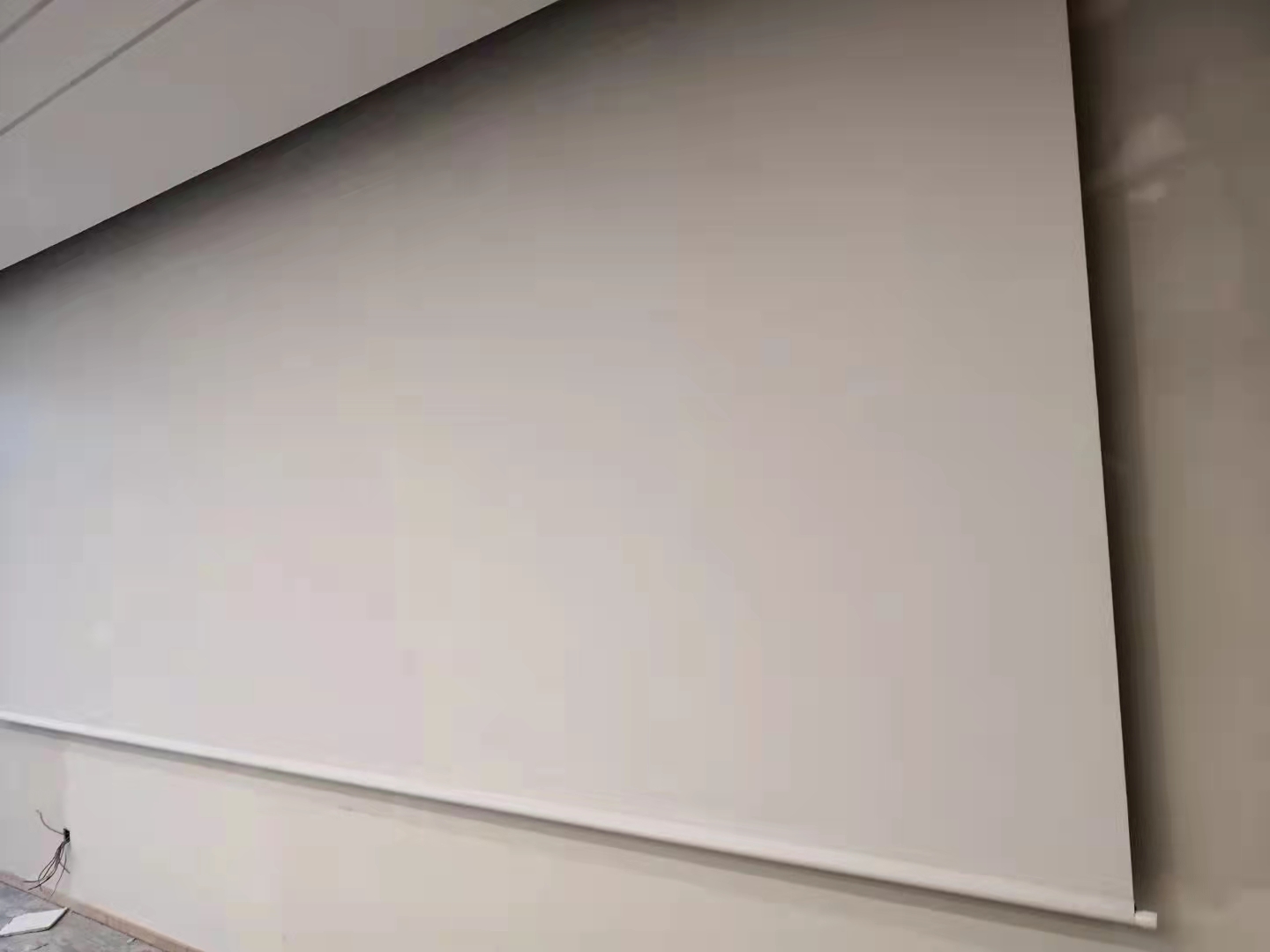
The effective area has the designated aspect ratio, which is different from the aspect-free area because black masks are used for scenes where you want to avoid images.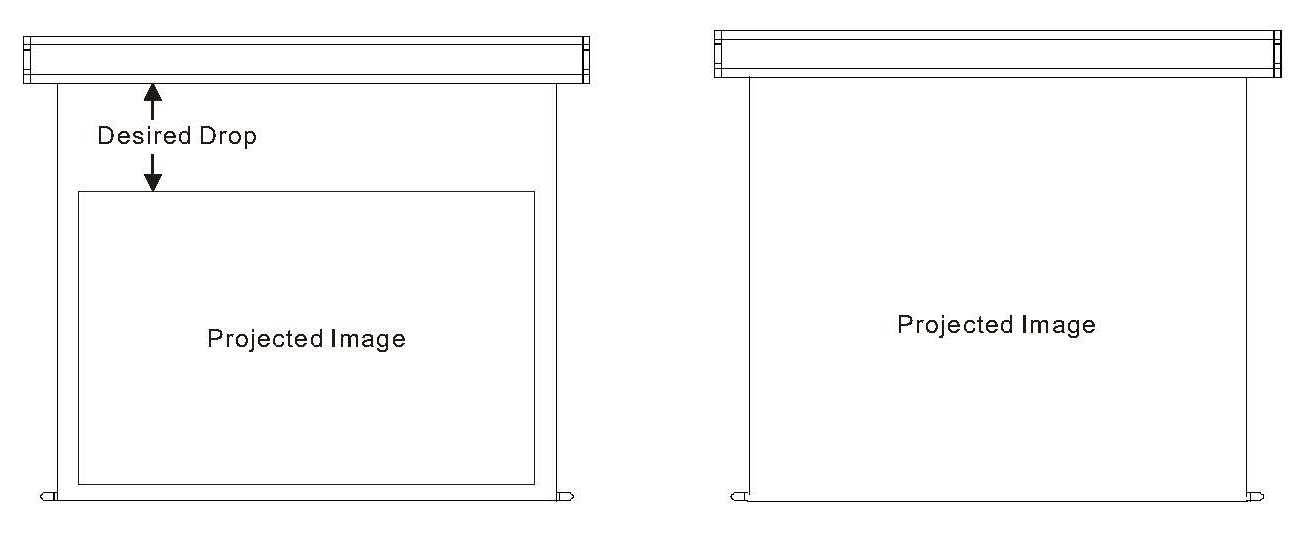
Show Case HERE
Ask us about SCREEN PRO Full Screen HERE
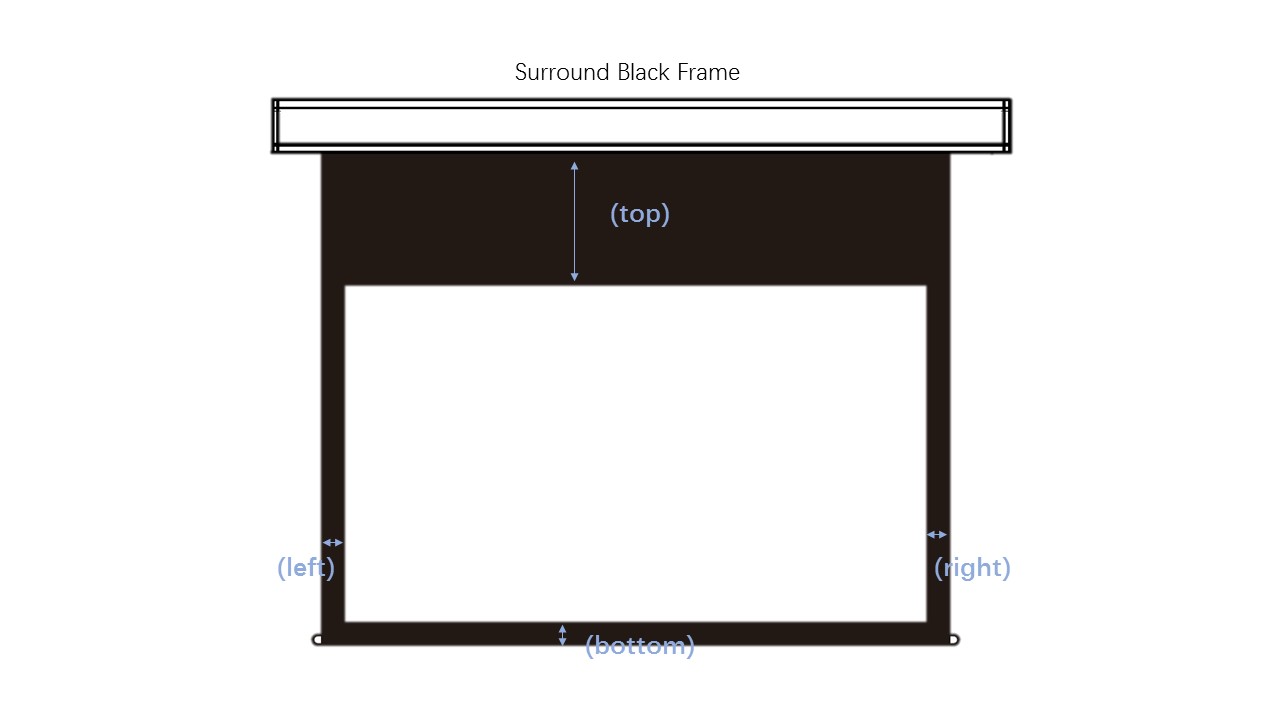
Q)What is a black border?
The black border around the projection screen is commonly referred to as the "black border" or "screen-masking black border."
--------
Q)What are the common forms of black borders?
Top Black Drop: Used for ceiling mounting, lowering the image to a suitable height.
Surround Black Frame(top + bottom + left + right): Defines the image area and enhances contrast.
Adjustable Masking (Variable Black Border): Used in professional cinemas, changing according to aspect ratio (16:9 / 21:9).
--------
Q)What are the functions of the black border around the projection screen?
1. Apparent Contrast Enhancement: The black border absorbs spilled light, making bright areas brighter and dark areas more stable, thus enhancing the overall visual contrast.
➡ This makes the image appear more layered and "clear."
2. Visual Framing Effect: The black border provides a clear visual boundary, making it easier for the eye to focus on the center of the image and reducing ambient light interference.
➡ Similar to a picture frame effect, it makes the image more "stable" and "focused."
3. Alignment Tolerance: Slight misalignment is inevitable during projector installation. The black border blocks some of the spilled light, preventing the image from appearing uneven due to excess light.
➡ "Small misalignments do not affect the viewing experience."
4. Compatibility with Tab-Tension & Masking Systems
On tensioned screens (such as Tab-Tension), the black border also acts as a tension point—improving screen flatness.
Furthermore, the black border can be used in conjunction with adjustable masking systems for more professional aspect ratio control.
5. A Closer Cinema Experience
Cinema screens also use black masking because it reduces reflections and enhances immersion.
➡ Using black borders on home projection screens brings a cinematic viewing experience into your home.
General SCREEN PRO Screens FAQ’s
SCREENPRO: FIND ONLINE
SCREENPRO: Yes, the size can be customized from 60 inches to 500 inches plus
Hint:
*E-Type: electronic tubular motor
*T-Type: standard tubular motor(tool required)
Quick question: When you set up a border on T-type, what do you use?
The answer would be: A stick that has an Allen wrench on it.

After a while, the gravity might stretch your screen surface a little, or you have purchased a new TV stand in the living room that you have to reduce your black border a little, in order to do that, you will have to find your ladder and climbing up to your ceiling. When you choose the SCREEN PRO E-Type motor system, you don't have to. Not only you can use your remote control to control up and down, but also can set the limit with it too!
Talk to us, we have the solution.

You should consider 3 main conditions:
1. About Material/Fabric
- Do you prefer anti-light? Or standard white? (Lightroom? Darkroom?)
Projection screen materials not only affect the image. But also have the purpose of makeup for the brightness of the projector. When you under theater lighting (lights out/drape closed)you should be looking for a High Grain white fabric (also when you own a lower lumen projector) which all the light sources as much as your projector can.
2. About Screen Size
- Is your projector a long focal length? Or it's a short-throw projector? (PROJECTOR PLACEMENT) What's the distance between the screen location and the seats?
For normal throw projectors, the focal length affects the image size on your screen, but the Ultra Short Throw Projector displays an image on a 10-foot screen the projector needs to be 4 feet from the screen.
3. About Installation
-Do you wish it to be electric or framed?
If you have an open space, we recommend that you use a screen that can be rolled back or put away because it is easier to maintain. If you are planning to install a movie theater in your basement or spared room
You can also CLICK HERE